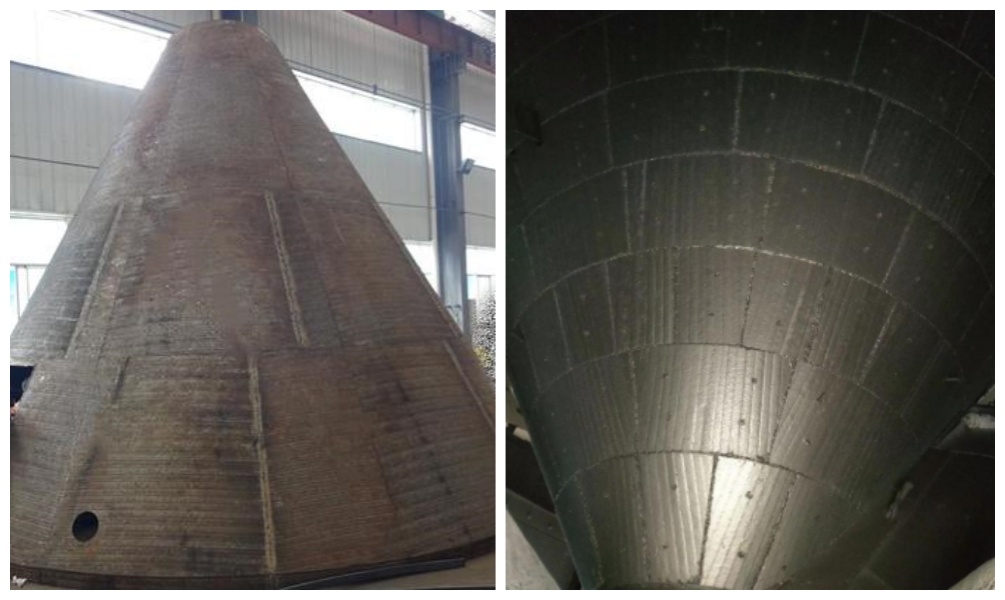In large and complex cement production lines, the cyclone preheater (CSP) is the core of energy consumption control. Its efficiency directly determines the heat consumption and output of the entire line. Within the connecting ducts between the various cyclones in the preheater lies a seemingly simple yet crucial component: the return cone (also known as a spreading plate or dispersion cone). While inconspicuous, it is the "key hub" for ensuring the efficient and stable operation of the entire preheating system.
The operation of the return cone is a fascinating process of fluid mechanics and heat transfer that can significantly improve cement preheater efficiency. Here's how it works:
1. Material Conveyance: Raw meal from the previous cyclone falls through the discharge pipe under the influence of gravity as a dense stream.
2. Mechanical Impact Dispersion: This stream directly impacts the surface of the return cone. The cone's unique angle and shape transform the vertical force of the drop into a horizontal splashing force, achieving the initial "crushing" and "distribution" of the stream.
3. Gas-Solid Two-Phase Mixing: The initially dispersed raw meal is thrown into a pipe filled with high-speed, rising hot air (from the next-stage cyclone). The airflow, reaching velocities of up to 15-25 m/s, instantly lifts and entrains tiny material droplets, creating a highly turbulent suspension.
4. Efficient Heat Exchange: After the raw meal particles are fully dispersed, their specific surface area increases by hundreds or even thousands of times. Each tiny particle is surrounded by high-temperature gas, maximizing the efficiency of heat transfer from gas to material. Furthermore, the return cone at the calciner inlet provides excellent initial conditions for the mixing, combustion, and decomposition reactions of the raw meal and fuel.
Without the return cone, the raw meal strands would simply slide along the inner wall of the pipe like a dense "noodle" into the next-stage cyclone, with virtually no contact with the hot airflow. This would lead to a sharp decrease in heat exchange efficiency, a surge in outlet temperature, and a significant increase in system heat consumption. The return cone is a perfect example of "details determine success" in cement production line preheater systems. Although it is a static component, it plays an irreplaceable role in the dynamic interaction between materials and airflow through its ingenious design.
